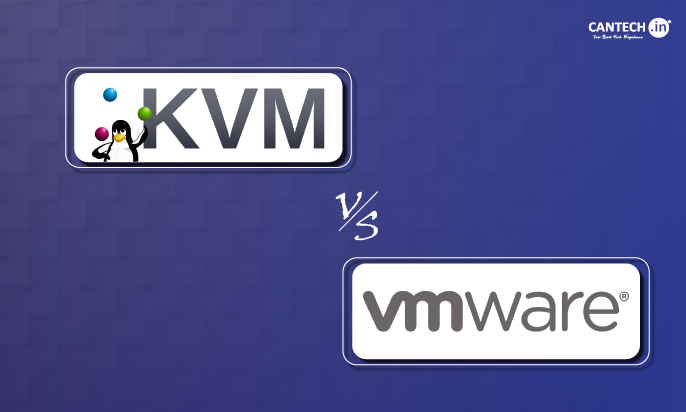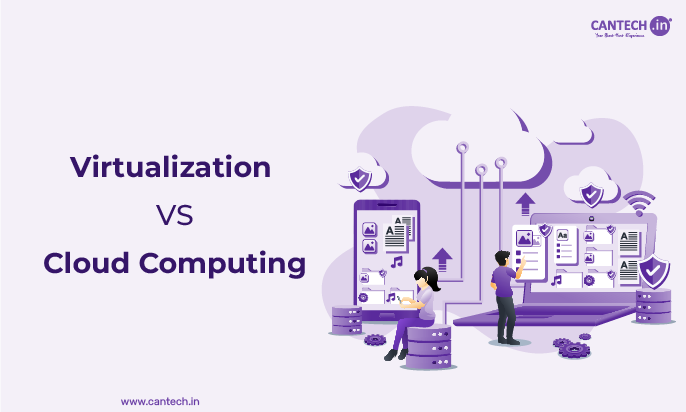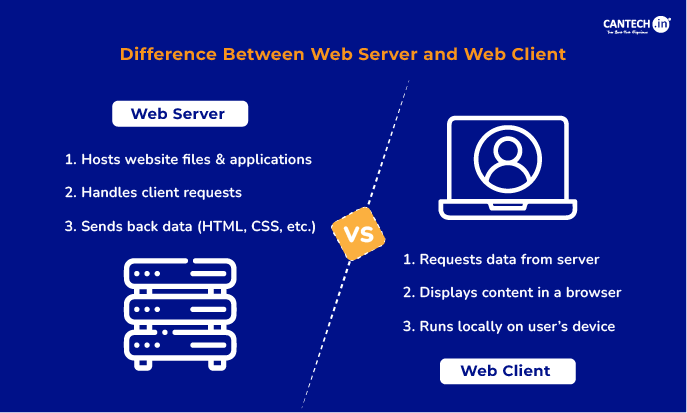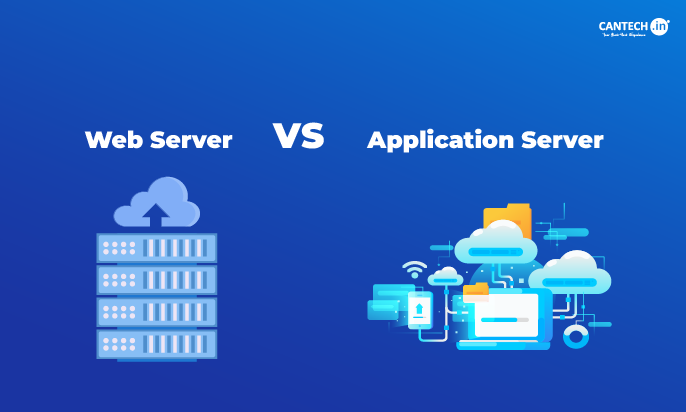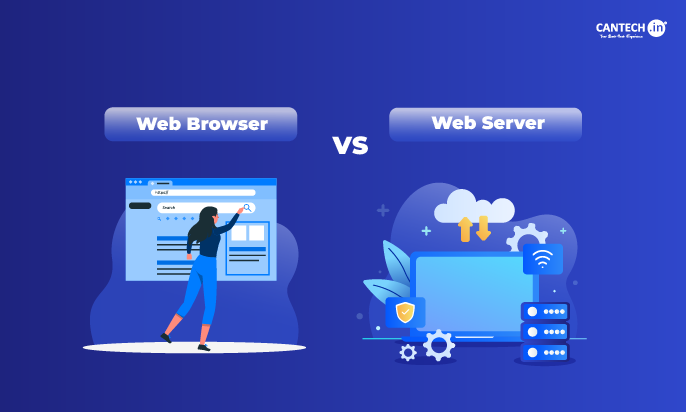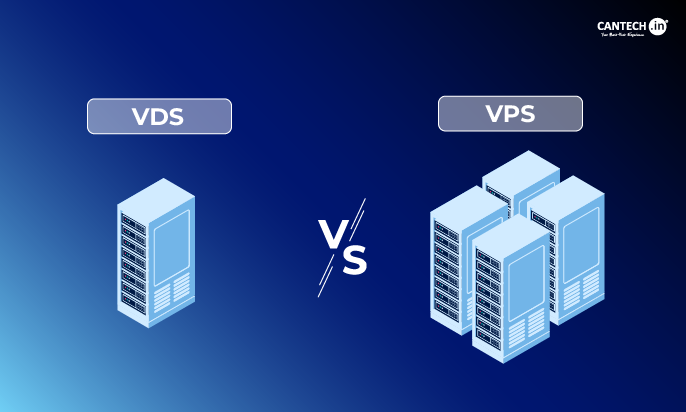VMware ESXi and KVM are two popular hypervisors, each having a particular purpose. VMware leads with its enterprise-grade ESXi, which provides great performance, strong security, and easy integration. Businesses use ESXi for scalability and enhanced administration. KVM, an open-source alternative, competes by offering affordable and flexible virtualization. It is integrated into the Linux kernel, ensuring low overhead and customisation while avoiding vendor lock-in.
This comparison looks at the differences in speed, scalability, and security to help organizations pick the best hypervisor. Let’s explore
What is KVM?
KVM (Kernel-based Virtual Machine), an integrated Linux kernel module, allows for virtualization, thereby transforming Linux into a hypervisor that can host numerous virtual computers. Since its introduction in Linux kernel 2.6.20 in 2007, KVM has distinguished itself by perfectly integrating with the kernel, using its strengths for improved performance, security, and administration. This makes it equally useful for server and desktop virtualization. Since the past few years, enterprises have increasingly shifted from proprietary virtualization solutions to KVM VPS Hosting, reflecting a larger shift in enterprise virtualization strategy.
What is VMware?
VMware vSphere with ESXi is a virtualization technology developed by VMware that helps in the creation and management of virtual machines on a single physical server. ESXi, VMware’s fundamental hypervisor, was started in 2001 as part of the virtualization suite. Its unique selling factors include great performance as a Type 1 bare-metal hypervisor, outstanding management tools via vCenter Server, and extensive support for enterprise-level virtualization demands, including scalability, security, and resource management capabilities. VMware ESXi controls a sizable chunk of the virtualization business, with vSphere/vCenter being one of the most widely used virtualization technologies, with a 36% share in 2024.
KVM vs VMware Comparison: Key Differences
VMware and KVM represent different approaches, each with its own strengths and weaknesses. Here’s a list of differences between KVM and VMware.
Platform
VMware’s commercial solution offers an array of enterprise-grade features that also has as its proprietary vCenter management interface for centralized control of vSphere deployments. KVM, an open-source project is strongly linked with the Linux kernel and provides a versatile and cost-effective alternative that can be administered using normal Linux command-line tools or graphical interfaces such as Virtual Machine Manager or oVirt.
Cost and Licensing
Cost and license provide an obvious differentiation. VMware has high license rates, however there is a free ESXi hypervisor with limited features. Professional assistance contracts are also offered for a cost. KVM is open-source and free to use, with maintenance expenses potentially originating via agreements with third-party providers.
Performance
When it comes to performance, KVM excels at direct Linux kernel integration, providing near-native performance with little overhead, which is especially useful for CPU-intensive tasks. VMware focuses on advanced resource management, including technologies such as transparent page sharing and memory ballooning to improve resource allocation across several virtual machines. While KVM performs better in Linux settings, VMware delivers more consistent performance across several operating systems and workload types, making it useful in a variety of corporate scenarios.
OS Compatibility
Guest OS compatibility varies significantly between these hypervisors. VMware offers complete support across multiple operating systems, including Windows, Linux, Solaris, and modified macOS versions. While KVM natively supports all Linux distributions and can run Windows and Unix-like systems, its coverage isn’t as extensive as VMware’s. VMware ESXi’s bare-metal architecture eliminates the need for a host OS, providing broader compatibility with both modern and legacy systems. KVM, requiring a Linux host, needs additional configuration for optimal Windows performance through virtio drivers.
Networking Capabilities
Networking capabilities also vary. VMware provides an extensive and feature-rich networking solution, which is distinguished by its distributed switch technology. KVM makes use of the Linux kernel’s networking stack’s inherent flexibility and configurability, however proper deployment may need more networking expertise.
Security
Security is a top concern regardless of the platform. VMware offers a broad range of security features that includes VM encryption, secure boot, and integrated firewalls. KVM takes advantage of Linux kernel’s strong security features like SELinux, which ensures a high level of security. It is very critical to understand that right configuration and perform continuous monitoring is to ensure security on both the systems.
Scalability
Finally, even scalability is very crucial for enterprise deployments. VMware is built for enterprise-level scalability which allows for smooth control of thousands of virtual machines across numerous hosts via vCenter Server. KVM is very scalable, however achieving equivalent scalability like VMware might need an extra setup or management tools, such as OpenStack.
When deciding between VMware and KVM, it is important to consider and align with your organization’s strategic, operational, financial, and technological capabilities. This alignment will guarantee that the chosen platform not only fits your present requirements, but also supports future development and operational efficiency.
Get Affordable Bare Metal Servers for Reliable Performance from Cantech
Improve your business with customizable, secure, and cheap bare metal server hosting from Cantech.
Enjoy lightning-fast processing, scalability, and 24/7 support at unmatched prices.
FAQs
How does KVM vs VMware performance compare?
KVM delivers high performance for Linux workloads due to its tight integration with the Linux kernel. VMware excels in performance for complex enterprise environments with advanced optimizations like memory deduplication and resource management.
Which is better for OpenStack: KVM or VMware?
KVM is often the preferred hypervisor for OpenStack Private Cloud deployments because it is open-source, cost-effective, and integrates seamlessly. VMware is also supported but is costlier and more suited for businesses requiring VMware’s proprietary tools.
What are the key differences in Linux KVM vs VMware support?
KVM is natively built into the Linux kernel, providing superior compatibility and performance for Linux environments. VMware supports Linux but requires additional tools and configurations for full optimization.
What features does KVM have compared to VMware?
KVM offers features like live migration, snapshots, and scalability without licensing fees. VMware includes advanced enterprise features like High Availability (HA), vSAN, and vMotion but comes with significant costs.
Is KVM better than VMware?
KVM is better for cost-sensitive and Linux-focused deployments due to its open-source nature and performance. VMware is ideal for enterprises needing extensive management tools, support, and cross-platform capabilities.
Which is more cost-effective: KVM or VMware?
KVM is free and open-source, making it highly cost-effective for small to medium-scale deployments. VMware, while offering advanced features, involves higher licensing and support costs.
